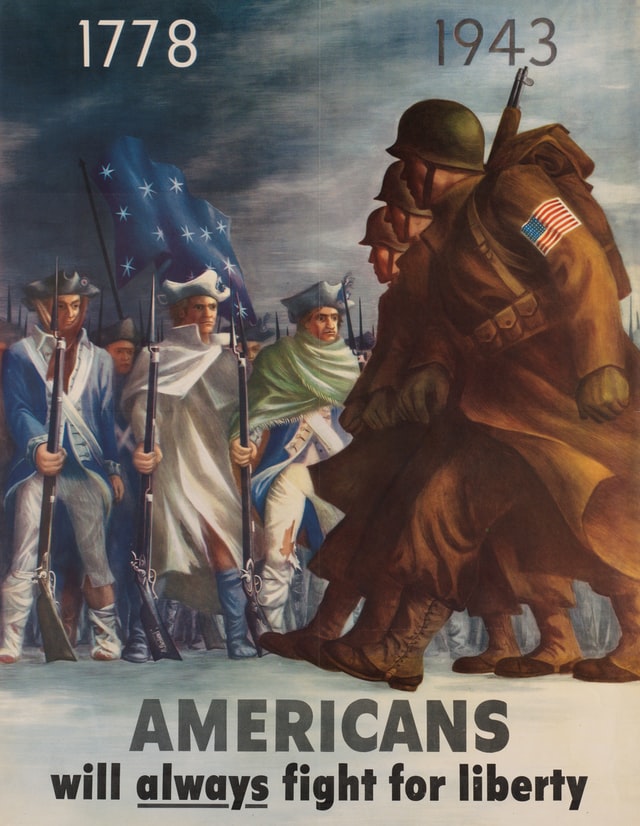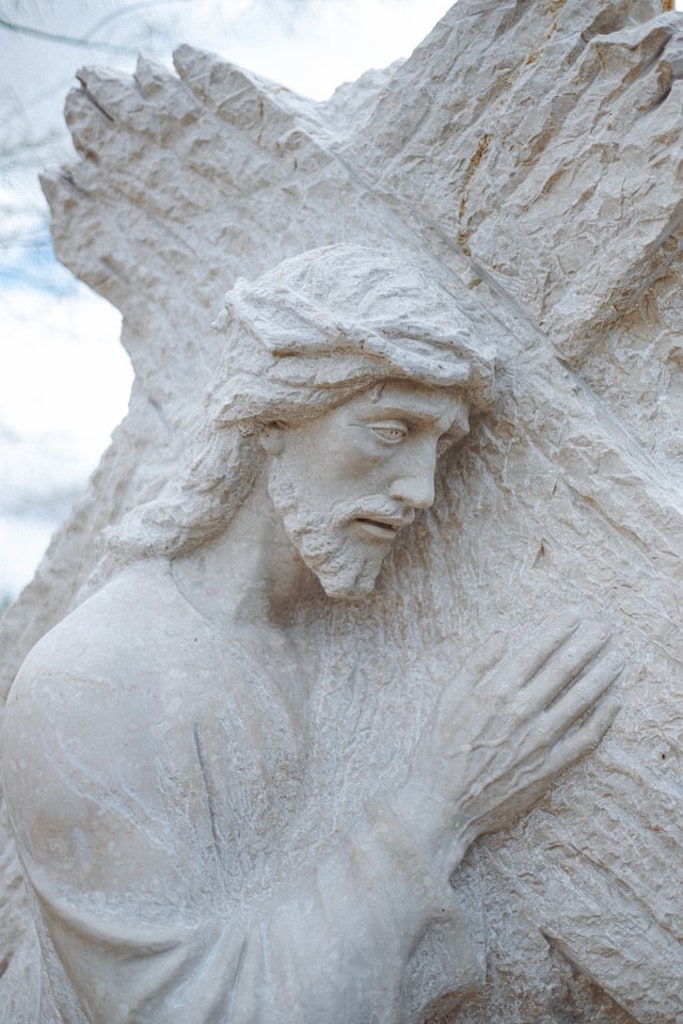Did Medieval Christians Know Jesus?

Recently I was made aware of an online church history curriculum. At first glance, it seemed promising (at least from my perspective as a medievalist). It dedicated two weeks to the Medieval Church (five if you include the three weeks of Reformation), and it began the lesson for the High Middle Ages with this disclaimer: “Common belief is that the Middle Ages was a truly horrible time period with no redeeming qualities. But the more we examine [we] realize just how rich some of the theology was, and how important many of the people and events are during this time period.”
Okay, I thought, not too bad. From my experience growing up in a Southern Baptist church and serving as a pastor’s wife for 20 years in both Baptist and non-denominational churches, I have found most average believers perceive the medieval church as disconnected from their modern faith. Although they are comfortable tracing the roots of Protestantism to the first and second century church, they mostly regard everything that happened between 500 and 1517 as a deviation from scripture; heresy, if not outright apostasy.
Given such attitudes, I was pleased to see a curriculum dedicating some time to understanding medieval Christianity. So I downloaded it and read it.
Overall, I am still pleased that the curriculum discusses medieval history.
But I also am concerned.
I am concerned about how the curriculum characterizes medieval faith–especially as I suspect the curriculum reflects broader contemporary attitudes.
Now, before I continue, I feel I should emphasize my personal beliefs. I do not agree with medieval Christian theology. I believe I am saved by the grace of Jesus, and I identify (despite some of my life in a non-denominational church) most closely with Baptist beliefs (including a Congregational church governance model).

The relief shows Henry IV kneeling before Pope Gregory VII.
So what are my concerns about the curriculum?
I am concerned, although not terribly surprised, by how much it focuses on political and intellectual history and ignores the role of women and ordinary people. One example of this occurs in the discussion of the 11th century Investiture Controversy. Despite spending a lot of time discussing this struggle between church and state, the curriculum includes no discussion of the Countess Matilda of Tuscany, a figure just as important in the medieval controversy as the two (more famous) men involved, Pope Gregory VII and the Holy Roman Emperor Henry IV.
But what I am mostly concerned about is the section “Were People Getting Saved During the Middle Ages?” The curriculum paints a very dark picture of medieval salvation. It states that “we have to accept that at some point, somewhere there were redeemed believers in Christ. Just because we don’t have clear evidence for large numbers of Christians doesn’t mean, for example, there potentially weren’t scattered monks and nuns here and there with a right understanding and living out of the Gospel.” The ultimate lesson we should learn from medieval Christianity, suggests the curriculum, is that the lack of numerous “redeemed believers” “reminds us what happens when people are illiterate of our Bibles—we drift from knowing what constitutes acceptance with God—repentance from sin, faith in the sacrifice that Christ performed on our behalf, the bodily resurrection, and living a new and holy life that reflects and is the proof of a true conversion.”
This was hard for me to read. The curriculum seems to be suggesting that for ONE THOUSAND YEARS there is so little evidence of “redeemed believers” we must just trust God that they existed. Let me say that again. For one thousand years there is so little evidence of “redeemed believers” we must just trust God that they existed.
As the initial shock of this suggestion faded away, I realized something important. I realized how poor a job medieval historians have done in teaching modern Christians about medieval Christianity. I include myself in this criticism. So this post is the beginning of a series in which I hope to help bridge the gap between our modern faith and our medieval Christian heritage.
Let’s start with the assumption that most medieval people would not have known “what constitutes acceptance with God.” The church history lesson explains what constitutes this acceptance (which presumably modern Christians understand): repentance from sin, faith in Christ’s sacrifice and resurrection, and living as a new creation.
Keeping these three criteria in mind for “what constitutes acceptance with God”, I want you to consider the following two examples.
The first is from a late medieval text from the Diocese of Cortona (central Italy) on “How to Behave in Church”. Listen to the text, which I am picking up in the middle (translation by Daniel Bornstein in Miri Rubin’s Medieval Christianity in Practice):
“Then say that sweet song the angels sang when Christ was born to the Virgin Mary, that is: ‘Glory to God on high, and on earth peace, good will among men’ [Lk 2:14]. And then you should fervently praise and bless the name of the Savior, and pray him that he may send peace from heaven to earth and maintain our hearts in his holy love and fear. Next the epistle is read, and this is like a messenger who brings us the news that the Lord will soon come. Then you should say: ‘Lord God, you have sent to tell us that you shall come to us. I pray you that in your charity you might make me, an unworthy sinner, see with devotion your holy coming and desired presence.’
When [the priest] says the gospel, which is the true messenger who cannot lie, stand up straight and sign yourself [with the cross] on the forehead, mouth, and chest, and remain with your head somewhat bowed. You should devoutly hear and understand what the gospel says because these are the words that our Lord said with his own mouth, that teach how we should lead our lives if we want to be in the mansion of so great a Lord. And with great reverence pray God that he may make you understand well and put into practice even better all that which he commands. Then he says the Credo, which contains all the articles of faith. And you should say it with him with complete devotion and reverence, and pray God that he may keep you in his holy faith, hope, and charity…..[Then when the Eucharist is celebrated] you should say: ‘O most holy blood, which redeemed us sinners by that holy fluid, make me drunk with the love and fear of our most holy lord Jesus Christ, me and every creature that believes in you.’”
The second text is from a Lenten sermon in a fifteenth-century sermon collection in England, John Mirk’s Festial. The focus of the sermon is on helping ordinary medieval people prepare themselves for Easter.
“Wherfore this time of Lent is ordained only to succor and to cleanse your conscience of….sin…so that you may with a clean conscience receive, on Easter-day, the clean body of our Lord Jesus Christ.” For those ashamed to confess their sins, it contains this story of encouragement. Listen to the words preached by the sermon:
“I read of a woman who had done a horrible sin, and knew she should confess it, but she was too ashamed to tell it to a priest. Then, one night, as she lay and thought of her shame, Christ came to her and said: ‘My daughter, why have you not confessed that sin?’ Then said she: ‘Lord, for I am so ashamed.’ Then Christ said to her: ‘Show me your hand’; and then he put her hand into his side, up to the elbow, and said: ‘What do you feel?’ And she, shaking with fear, said: ‘Lord, I feel your heart.’ Then said he: ‘Be you no more ashamed to show me your heart than I am to suffer you to feel my heart.’ Then this woman rose up, and with a candle saw her hand covered in blood and tried to wash it away; but she could not wash it clean until the next day when she went to a priest and confessed. As soon as she was shriven, her hand became white as the other; and so she had the forgiveness of God and the bliss of Heaven.”
I fully recognize that the Baptists I worshiped with this week (along with many other evangelical protestants) would strongly object to the emphasis on auricular confession, the sacraments of penance and Eucharist, clerical authority, and perhaps even the liturgical procedures described in these texts.
Yet these texts also show clear familiarity with what the church history curriculum suggests “constitutes acceptance with God.” Medieval people knew that their sin made them unacceptable before God, and they knew they had to confess and repent from that sin for salvation (indeed, one could argue that they grasped even better than we do how much sin separates us from God). The crucifixion and resurrection of Christ was the focal point of medieval worship, and as both texts show, medieval people knew that their salvation depended on believing what Christ did for us—“O most holy blood, which redeemed us sinners by that holy fluid, make me drunk with the love and fear of our most holy lord Jesus Christ, me and every creature that believes in you.”
Indeed, the story of the sinful woman shows the direct connection medieval people had with Jesus. Yes, the woman did have to confess her sin to a priest, but it was Jesus who personally came to her and brought her to that confession and hence her salvation (hmmmm? sort of like Jesus knocking on the door of your heart? followed by repeating the sinner’s prayer? hmmm….). Finally, medieval people understood that true salvation led to transformation. The woman’s bloody hand (representative of her sinful life) was literally transformed when she believed and acted on the words of Jesus. The Bible conveyed God’s word, “the true messenger which does not lie,” and medieval people understood they should know, believe, and follow the teachings of the Bible. As the first text states, “You should devoutly hear and understand what the gospel says because these are the words that our Lord said with his own mouth, that teach how we should lead our lives if we want to be in the mansion of so great a Lord.”
Medieval Christianity was different than modern Protestantism. It was even different from modern Catholicism. But that doesn’t mean medieval people didn’t know Jesus too.





